As an extraordinary global pandemic impacts bars, nightclubs, hotels, airports, restaurants, and other on-premise environments, beverage alcohol marketers understand that now is not the time to sit back. In fact, at the height of the pandemic, Nielsen reported total off-premise alcohol sales were up 22.2% compared to the same week last year.1 Instead, savvy marketing and promotions professionals are watching trends, reallocating budgets and preparing to pounce on new opportunities that emerge in the “next normal.”
The NVISION beer, wine and spirits team closely monitors this dynamic industry to support alcohol marketing, merchandising and fulfillment initiatives. Here are five alcohol marketing trends and some insights on managing them more successfully.

Shift to Healthier Beverage Options
From alcohol-free beers and diet vodkas to low-calorie wines and low carb/low-calorie hard seltzers, consumers are focused on health, wellness and label transparency. Experts predict an 18.3% increase in CAGR through 2022 for alcoholic drinks marketed as “healthy” as audiences continue to embrace the “better for you” movement.2
Today, these health-focused consumers view low-calorie beer or low-calorie hard seltzer as a post-workout treat. And it’s not simply low-alcohol variations that are gaining popularity; beverages featuring low carbs, zero sugar, and gluten-free and organic ingredients are also on the rise.
Marketers can incentivize consumer trial both on- and off-premise with liquor displays, innovative pack types and other liquor POS tools that spotlight nutrition, ingredients and other links to a healthy lifestyle.
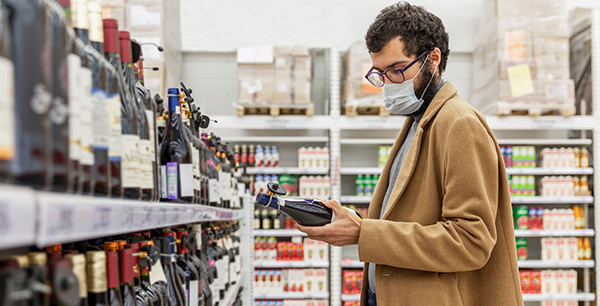
More Emphasis on Convenience and Safety
It’s no surprise that with millions of homebound consumers, off-premise alcohol sales are surging. Drizly, the alcohol e-commerce platform, reported a 300% sales spike in March.3 Online volume is expected to grow by 37.1% year-over-year through 2024.4 For many, delivery simply feels safer and easier.
Nevertheless, curbside pickups and quick runs to favorite retailers are still prevalent. Convenience store sales are already coming back as people return to routine.
According to Josh Halpern, chief sales officer for FIFCO USA, consumers view the quick nature of a c-store trip as a psychologically safer, less risky shopping option. Halpern notes, “As soon as routines start to become re-established, trips to convenience stores are going to pick up. People see c-stores as lower risk. You have folks that feel that the longer they’re in a location, the greater the probability of getting COVID. The average convenience store trip is 2:15, making it feel safer for some shoppers.”
Alcoholic beverage marketing must capitalize on a shopper’s limited attention span with innovative and timely point-of-sale merchandising. Especially without on-premise sampling, merchandising tools must work harder to promote brand relevancy.
Today, this burden falls upon the supplier’s marketing team. “The distributors can’t really do a lot right now. With everything that’s going on at retail, they’re essentially limited to just taking orders and delivering product,” says Barry Marek, most recently SVP sales and distribution at Fetzer Wines. “They’re building [fewer] displays. The retailers don’t want them [distributor reps] in the store any longer than they need to be in the store, so their access has become much more limited. Getting anything new going is really difficult.”
Creating, fulfilling and delivering these promotions must be seamless and cost-effective. Marketers can’t afford the material waste they might have once accepted. Likewise, getting displays into retail environments on time and on budget is critical. Many beverage alcohol marketers struggled with consistent execution and high waste before the pandemic. COVID-19 has forced layoffs and furloughs as well as the need for adaptability to a rapidly changing marketplace.
More than ever, partnering with an organization designed to help you scale up and down while pivoting quickly from on-premise to off-premise and back again makes sense from both a logistical and bottom-line perspective.
It may not seem like it, but now is the time to evaluate how you staff this part of your marketing mix and retool for whatever the next normal is. Does it make sense to hire now and furlough or lay off later? Or simply outsource marketing operations without payroll implications?
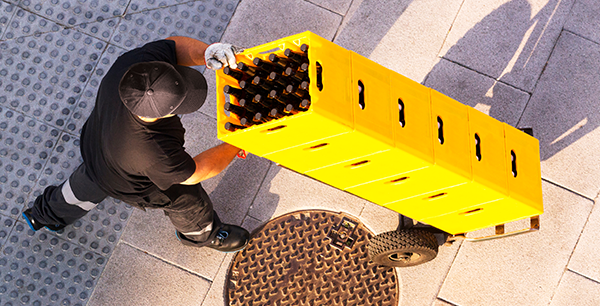
Planning for a Post-Pandemic World Begins Now
According to Fortune magazine, industry experts agree that alcohol sales trends may lag for up to five years.5 As suppliers work in emergency mode for the short term, marketers must look at the long term, reviewing investments in technology, assessing current suppliers and thinking of brand-building beyond traditional on-premise channels.
Use this time to take a hard look at your inventory management and fixed costs such as personnel. Is your demand forecast accurate? Are you still warehousing marketing materials that distributors don’t need? Is your marketing team focused on brand building and innovation, or stuck managing logistics, answering phones, and dealing with customer service issues like lost or damaged shipments?
By outsourcing and automating manual tasks and relying on outside expertise for workflows and logistics support, marketing professionals can save time and material costs while freeing their marketing teams to focus on critical brand-building initiatives.
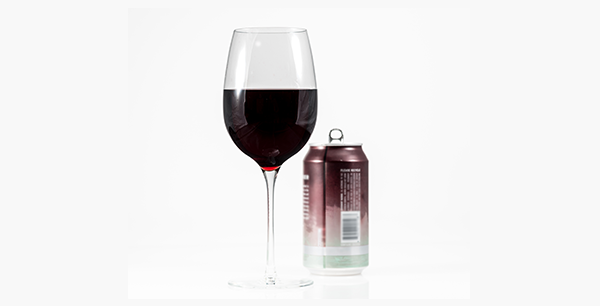
Innovation is Critical
Despite today’s ‘hunker-down’ mentality, the alcoholic beverage industry is alive with innovation. Packaging, for example, has seen a shift to cans for wines and ready-to-drink cocktails. New drink trends including low-calorie hard seltzer and flavored malt beverages were up 597% in 2019 and continue to gain popularity.6 Unique flavors and ingredients such as dragon fruit, basil, cilantro and yuzu are trending.7 And new technologies for safer, more convenient beverage selection and payment are everywhere.
“We need to really start to ask what will happen in the future and how will consumers’ spend habits adapt?” says FIFCO USA’s Josh Halpern. With fewer resources, many marketers find innovation a challenge. More than ever, the insights and ideas necessary to deliver effective promotions and merchandising can be driven by a partner who offers a birds-eye industry view of what’s working for others.
One advantage of working with a company like NVISION is access to dedicated specialists working on leading-edge promotional initiatives on behalf of clients in CPG, retail and other forward-thinking categories. Often, these ideas and techniques can cross-pollinate into alcohol marketing, providing a lens on how to reset budgets and redesign tools for a competitive advantage.
Marketers can also tap into an existing supply chain that is fully leveraged by combining the total procurement volume of large clients across a spectrum of verticals. This enables smaller craft brewers or mid-level spirits and wine producers to compete with larger, better-capitalized competitors.
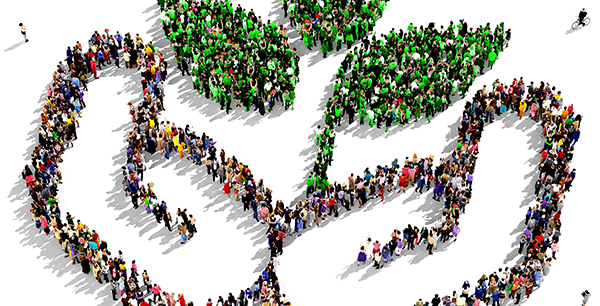
Branding Shifts to Social Responsibility
Full-throttle brand building during a pandemic can send the wrong message. So more marketers in the alcoholic beverage industry are shifting to promote their corporate responsibility initiatives. While a few larger spirits companies have retooled manufacturing capacity to produce hand sanitizer, other breweries and distilleries have accelerated promotions supporting front line workers or community projects.
Sustainability initiatives—recycling; minimizing water waste; or lowering the carbon footprint via new distribution methods, green warehousing and less paper—also drive current messaging.
Sources
- Nielsen Measured Off-Premise Channels, week ending May 30, 2020
- IWSR’s top 5 US beverage trends for 2020
- How the COVID-19 pandemic is upending the alcoholic beverage industry; IWSR’s top 5 US beverage trends for 2020
- Trends transforming the alcoholic beverage industry outlook in 2020
- The global liquor industry might not fully recover for another five years
- Trends transforming the alcoholic beverage industry outlook in 2020
- New year, new drinks: What to watch in US beverage in 2020 and beyond
Why NVISION?
For nearly four decades, NVISION has partnered with Fortune 500 companies to help them grow their businesses by transforming how they execute marketing promotions. For beverage alcohol marketers, we use technology and expertise to modernize legacy processes for marketing promotions, put our buying power to work to improve cost structures, and elevate service levels both internally and to distributors. Our services include:
- A marketing operations assessment to identify modernization opportunities
- A technology platform with specific functionality for the three-tier system
- A one-stop-shop for all alcohol marketing merchandising and promotional materials
- Sophisticated logistics capabilities that eliminate layers and third-party contracts, while reducing waste
- Aggregated reporting and data visualization for faster, better decisions
- A focus on helping clients actually grow, versus simply saving costs

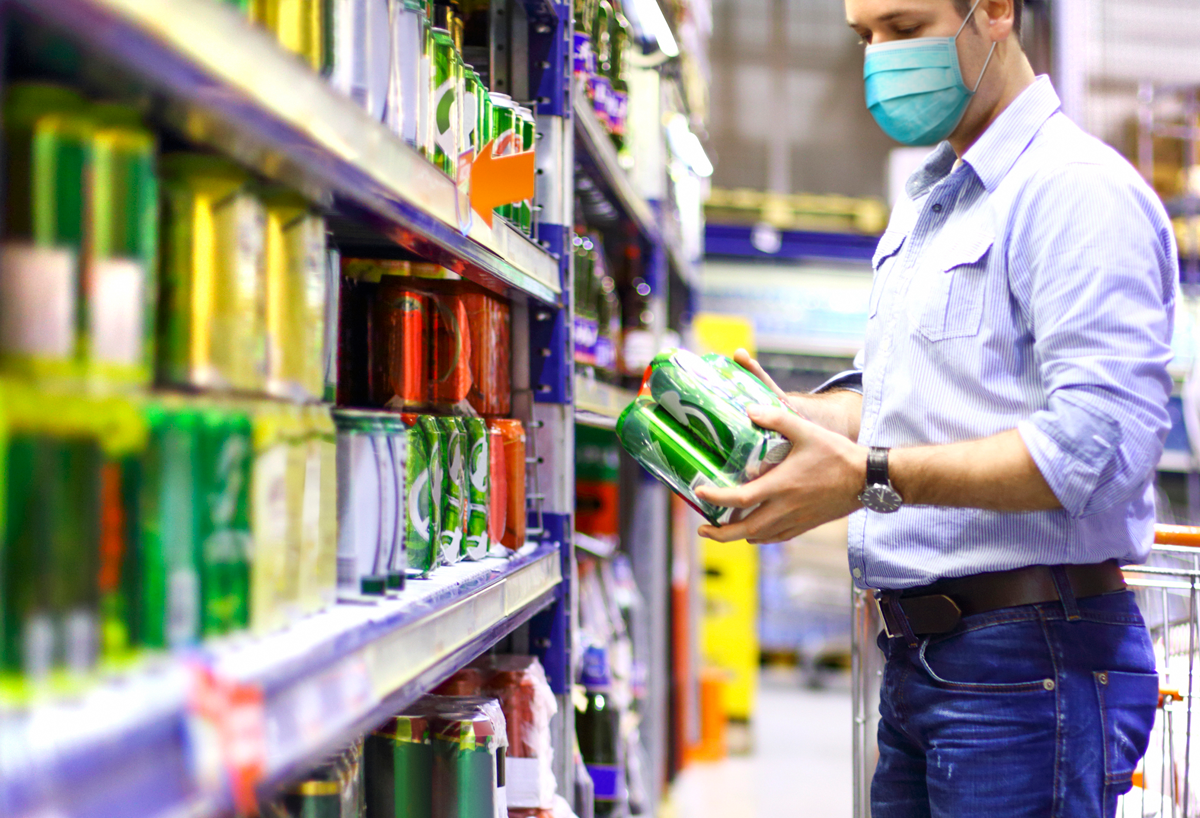
 Project Title
Project Title Project Title
Project Title